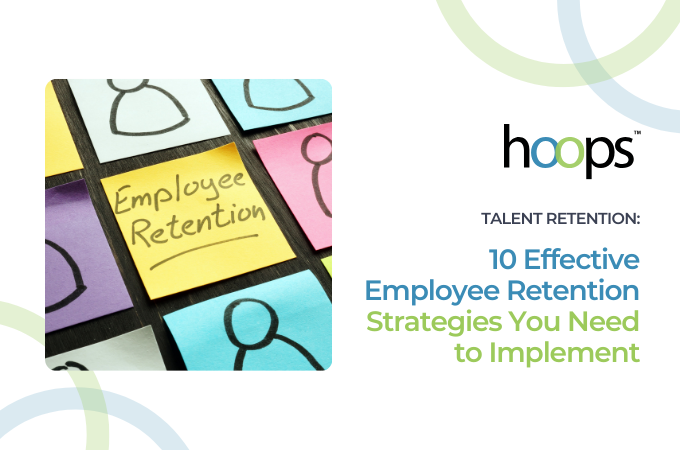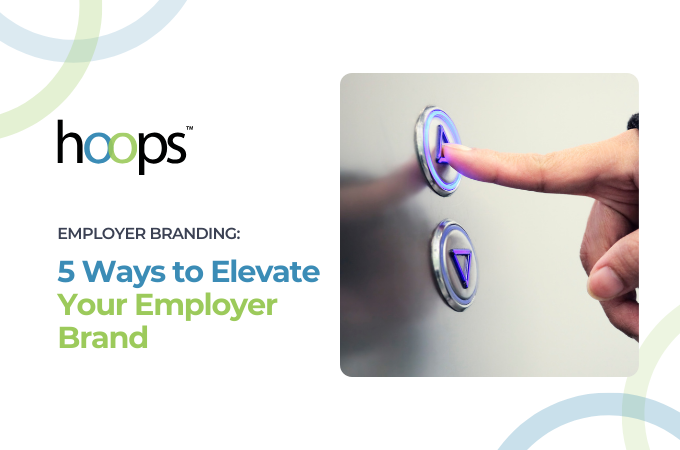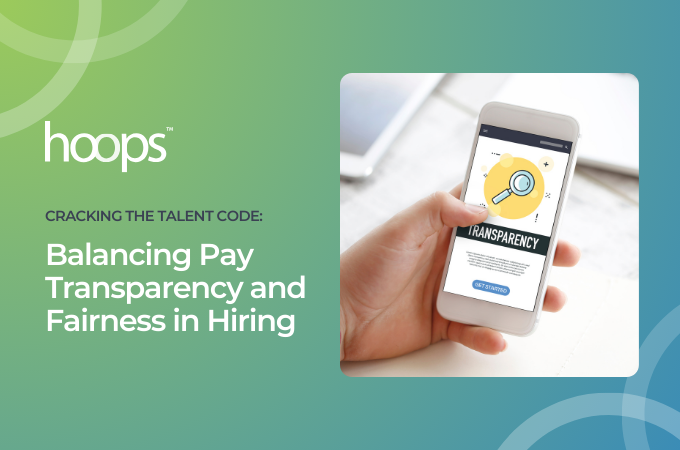Ghosting: It’s no longer just a dating term—it’s a growing frustration for hiring managers everywhere. While it’s tempting to blame candidates, ghosting often signals deeper issues in the hiring process itself.
As part of our Cracking the Talent Code series, we’re addressing some of the biggest challenges employers face today—starting with candidate ghosting. According to the latest Indeed Hiring Report, 78% of job seekers admitted to ghosting an employer prior to 2022, up from 68% before 2021. Even more striking, 70% of candidates believe it’s "fair" to ghost employers under certain circumstances. From long delays to unclear expectations, there are often fixable issues driving this behavior.
So, why does it happen? And more importantly, how can you stop it? Here’s what hiring managers need to know—and do—to crack the code on candidate ghosting.
Why Are Candidates Ghosting Employers?
- Overwhelmed by Options
In today’s competitive job market, candidates are bombarded with opportunities. Job seekers who juggle multiple interviews and offers often struggle to manage responses. Research shows ghosters are more likely to have several interviews and offers on the table, making it easy for them to deprioritize communication (ZipRecruiter Research 2024). - Negative Candidate Experiences
First impressions matter—especially during the hiring process. A whopping 87% of candidates who mention ghosting in Glassdoor reviews cite negative interview experiences as the reason (Glassdoor Research 2024). Long delays, lack of communication, or unclear expectations can push candidates to walk away. - Misalignment with Expectations
Many candidates ghost because the role or company culture isn’t what they expected. Misleading job descriptions or inconsistent communication about the role’s responsibilities and benefits are common culprits (Greenhouse Report 2024). - A Pay Transparency Problem
With 86% of candidates preferring upfront salary ranges in job descriptions, failing to provide this information early on can lead to disengagement (Talker Research 2024). If they discover compensation doesn't meet expectations later, they may exit the process without explanation.
How to Prevent Candidate Ghosting
The good news? You have more control over ghosting than you think. Here are actionable strategies to keep candidates engaged and invested throughout the hiring process:
- Streamline Your Hiring Process
Candidates ghost when the hiring process takes too long, often accepting other offers while waiting for updates. According to ZipRecruiter, 47% of job seekers have at least one job offer during their search, meaning delays in decision-making can cause candidates to disengage. A faster, more transparent process keeps candidates invested and less likely to disappear.
Benchmarks to Implement:
- For white-collar roles: Complete the hiring process (from application to offer) within 4 weeks or less.
- For blue-collar roles: Shorten this to 2 weeks or less, as these candidates often expect quicker timelines.
- Communicate clear timelines upfront, so candidates know exactly when to expect decisions after each stage.
Practical Tip: Use AI-driven tools to automate repetitive tasks like scheduling and follow-ups. This reduces delays and allows hiring teams to focus on building strong candidate relationships.
-
Make Communication a Priority
Silence is a ghosting catalyst. Candidates often assume the worst when communication drops, leading them to disengage. Regular updates—even brief ones—can make all the difference in keeping them engaged.
Benchmarks to Implement:
- Respond to applications within 48-72 hours to acknowledge receipt and outline next steps.
- Follow up after interviews within 2-3 business days to share a timeline for the next steps or provide feedback.
- If candidates aren’t moving forward, notify them as soon as possible. Candidates are 79% more inclined to reapply to your company if they receive clear interview feedback (Greenhouse).
Practical Tip: Assign a point person on your hiring team (or use Hoops) to oversee communication. Personalize outreach with candidate-specific details to show you value their time and effort.
- Be Honest About Pay and Perks
Ghosting often stems from unmet expectations around compensation or benefits. Being transparent upfront can prevent candidates from disengaging later in the process.
Benchmarks to Implement:
- Put true and clear salary ranges on all of your job postings.
- Provide benefits details during the first round of interviews to address any dealbreakers early (Hoops Recruiters implement this in their screenings).
Practical Tip: Use tools like Hoops' Market Insights Reports to ensure your salary offerings are competitive. Highlight standout benefits, such as flexible work options or upskilling programs, to attract candidates who value more than just pay.
- Create a Positive Candidate Experience
A poor interview experience is one of the top reasons candidates ghost. Even small gestures, like providing constructive feedback, can make a big difference in how candidates perceive your company.Benchmarks to Implement:
- Share interview feedback within 5 business days, whether candidates move forward or not.
- Use surveys to measure candidate satisfaction post-interview and improve weak spots in your process.
- Offer candidates insight into your company culture with real examples (e.g., invite them to a team meeting or virtual lunch).
Practical Tip: Candidates remember how they’re treated, so small actions like timely updates or a simple thank-you can leave a lasting positive impression—even for those not hired. Use AI and automation to personalize communication without adding extra workload.
- Understand and Cater to Candidate Motivations
Ghosting isn’t always about disinterest—it can be about priorities. For instance, Gen Z candidates highly value work-life balance, transparency, and opportunities for career growth (LinkedIn's Global Data (2024)). Adapting to these preferences can keep candidates engaged and excited about your company.
Benchmarks to Implement:
- Emphasize career development opportunities in interviews. Gen Z candidates are 36% more likely than previous generations to prioritize advancement.
- Offer flexible work options where possible—3 in 10 workers say they’d leave a company without some form of flexibility (Gallup).
- Showcase your company’s values and commitment to employee well-being throughout the process.
Practical Tip: Tailor your messaging to the candidate’s unique interests and concerns. For example, highlight team-building initiatives for culture-focused candidates or career tracks for growth-oriented individuals.
The Bigger Picture: Turning Ghosting into Insight
Ghosting might feel frustrating, but it’s also a valuable signal about your hiring process. Use it as a chance to reflect on areas of improvement, from streamlining timelines to enhancing communication. Remember: the best way to prevent ghosting is to show candidates you value their time, effort, and potential.
By building a transparent, respectful, and efficient hiring process, you’ll reduce ghosting—and attract talent that’s just as invested in joining your team as you are in hiring them.
Ready to transform your hiring process? Discover how Hoops can help you simplify hiring, amplify growth, and build stronger candidate connections.
Simplify hiring. Amplify growth.
#yourbesthire







